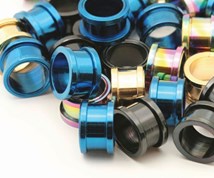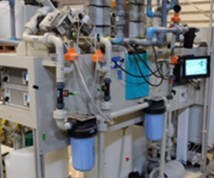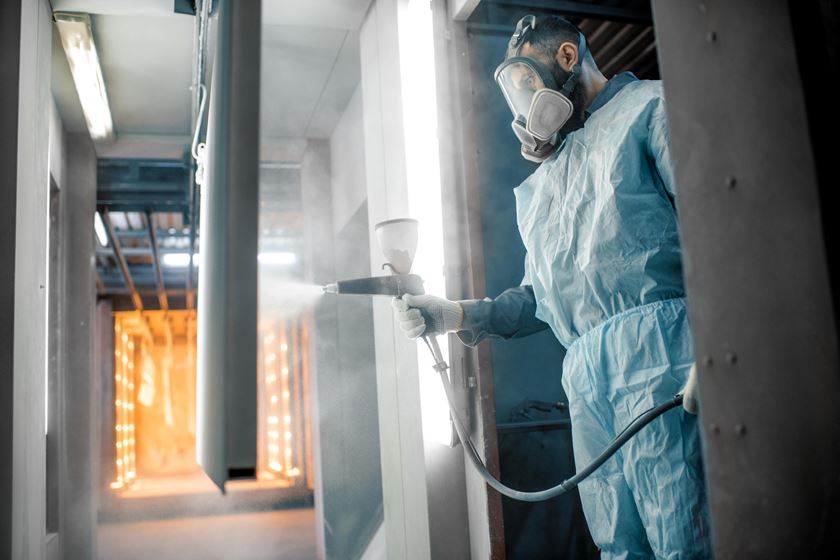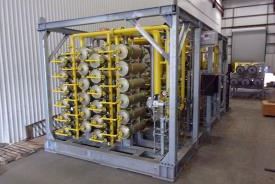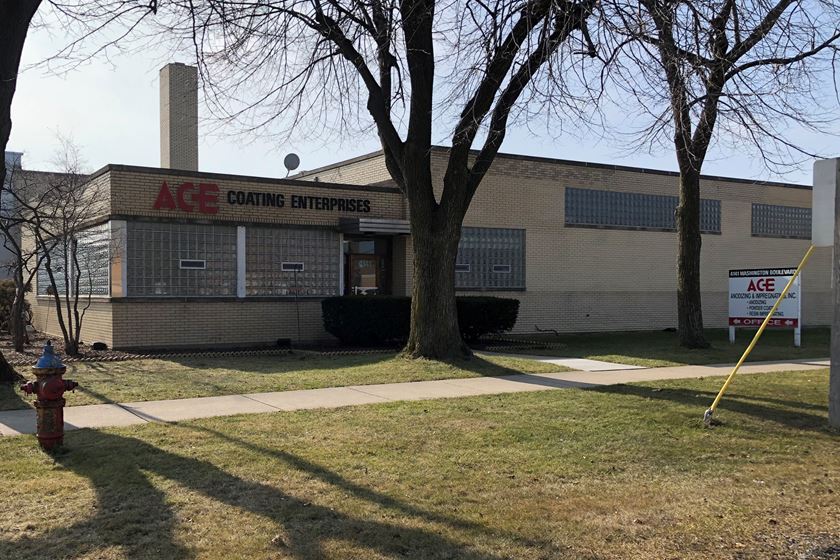How to Measure Powder Value
What things should we consider as we evaluate different powder suppliers? How can we compare them so that we get the best material at the best possible price? How can we best determine the right source for our powder?
#basics
Q. We have been buying powder from several different sources for a few years and we want to see if we can lower our costs by going to just one or two suppliers. We hope that by locking in on one supplier for most or all of our powder we can get a better price and superior service. Each supplier has provided good powder at a fair price so far, but we are not sure how to measure the value of one over the other. What things should we consider as we evaluate different suppliers? How can we compare them so that we get the best material at the best possible price? How can we best determine the right source for our powder? M.B.
A. Start by evaluating the handling and application properties of the powder. How well does it fluidize and flow? Then evaluate the coverage. Look at film build uniformity, edge coverage and Faraday cage coverage. Also check opacity of the coating and how much film it takes to provide total hiding of the substrate.
Featured Content
Next, evaluate the material cost per applied square foot. Powder coatings have different molecular weights and hiding capabilities that will affect the coverage. The specific gravity (a measurement of molecular weight), the color and the amount of fillers will affect how much coverage a coating can provide. You need to know the applied cost. Applied cost is based on the ability of a pigmented coating to hide the surface at a set film thickness while providing the appearance and performance properties that are necessary for that product. Compare the same product from different sources. One powder material could have a cheaper selling price but a higher applied cost because of a high molecular weight. High specific gravity may mean the powder will cover less square feet.
square foot per pound = 192.3 × percent material utilization
film thickness in mils × specific gravity
cost per applied square foot = cost per pound
square foot per pound
It is very possible that a powder with higher cost per pound is the best value because it provides better coverage. Molecular weight and theoretical coverage is something that can be looked at for reference, but your decision should not rest on them alone. For example, a white-pigmented powder coating with lower pigment concentration may have a lower specific gravity that indicates better theoretical coverage but will require more film build to properly hide the surface. Another key factor is service. Good technical support and reliable delivery are essential to powder value.
RELATED CONTENT
-
Choosing and Troubleshooting Copper Electroplating Processes
Learn more on this inexpensive and highly efficient process.
-
Zinc Electroplating
Choosing the best process for your operation.
-
The Powder Coating Process
Powder coating is one of the most durable finishes that can be applied to industrial manufactured products, and offers excellent corrosion protection and is very safe because of its lack of volatile organic compounds. To understand the powder coating process you should start with the fundamentals.



